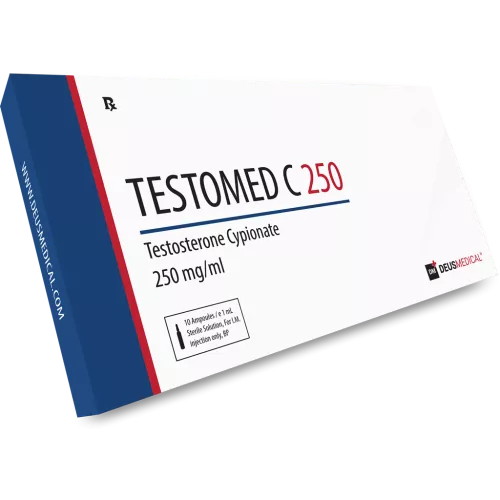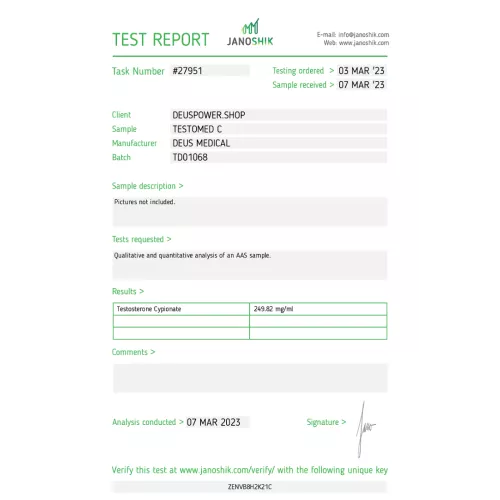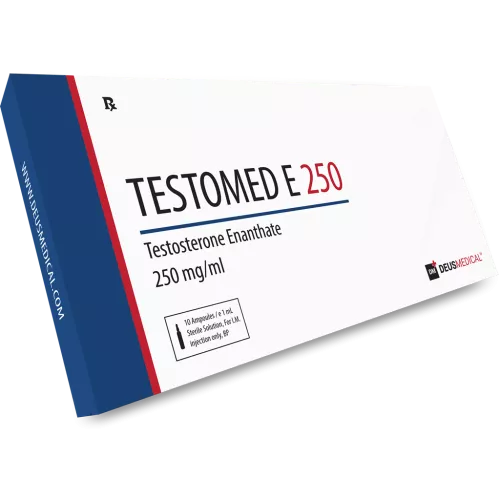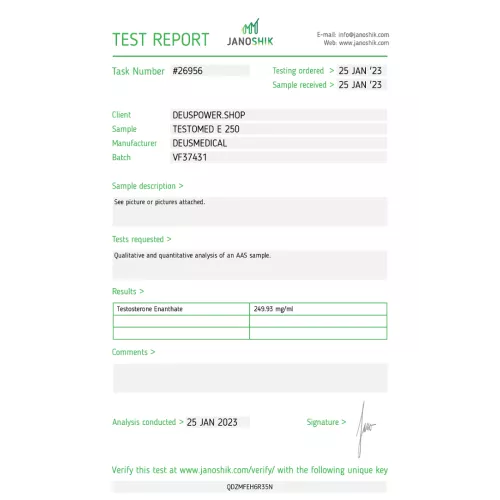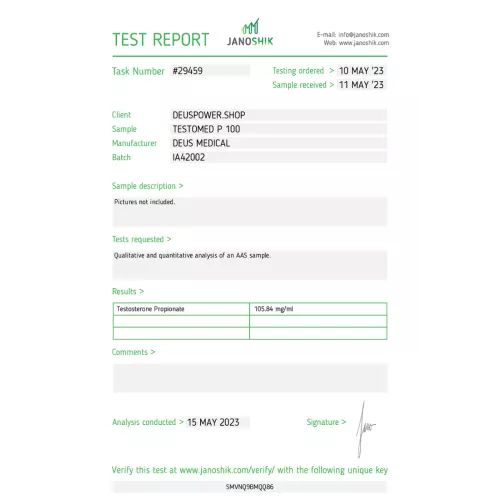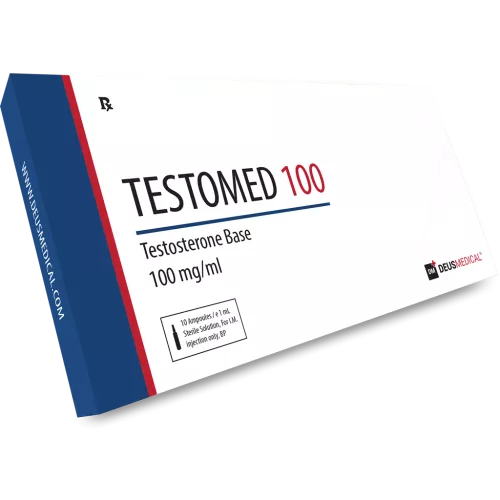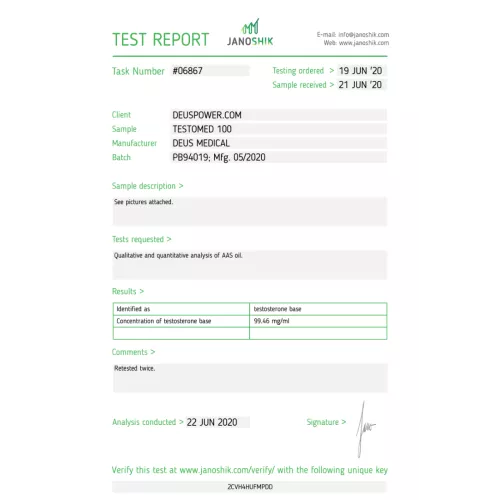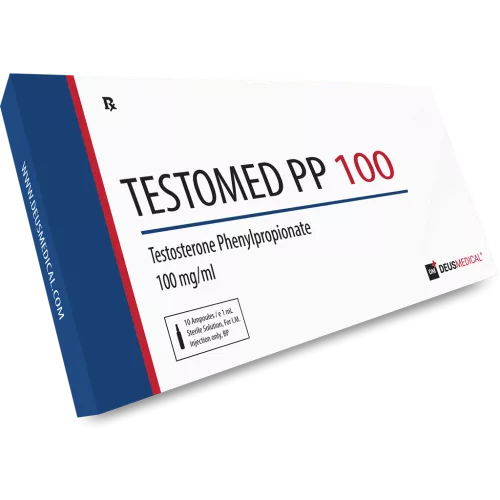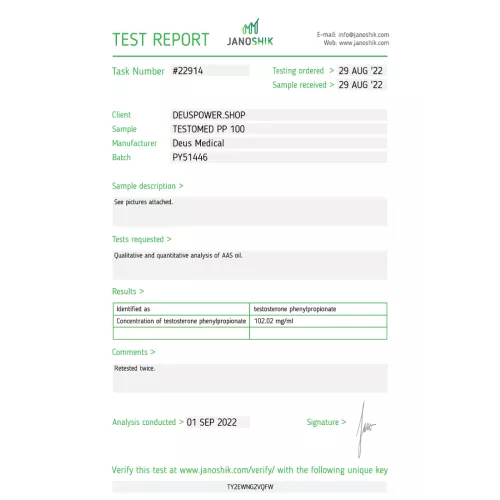25 May


Understanding Testosterone Esters: Molecular Weight, Absorption, Half-Life, and More
Testosterone is the primary male sex hormone responsible for the development of male secondary sexual characteristics, as well as playing a significant role in muscle growth, bone density, and overall health. Testosterone replacement therapy (TRT) is often prescribed for those with low testosterone levels. One of the key aspects of TRT is the use of testosterone esters, which are chemically modified forms of the hormone that have different properties, such as absorption rate and half-life. In this article, we will discuss the differences between various testosterone esters, their molecular weight, and how these factors affect absorption, half-life, and the total amount of testosterone without an ester attached.
Understanding Testosterone Esters:
Testosterone esters are formed by attaching an ester group (a chain of carbon and hydrogen atoms) to the testosterone molecule. The esterification process changes the hormone's properties, affecting the speed of absorption, half-life, and the amount of testosterone available in the body. The primary differences between various testosterone esters lie in the molecular weight of the attached ester group.
Molecular Weight and Speed of Absorption:
The molecular weight of the ester group directly affects the speed of absorption. Esters with lower molecular weight are absorbed more rapidly into the bloodstream, whereas those with higher molecular weight are absorbed more slowly. This is because the ester group increases the lipophilicity (fat solubility) of the testosterone molecule. The more lipophilic the compound, the slower it is released from the injection site and absorbed into the bloodstream.
Half-Life:
The half-life of a testosterone ester refers to the time it takes for half of the hormone to be metabolized and eliminated from the body. Esters with lower molecular weight generally have shorter half-lives, while those with higher molecular weight have longer half-lives. This is important for determining the dosing frequency in TRT, as esters with longer half-lives require less frequent injections.
Testosterone Without an Ester:
When an ester is removed from a testosterone molecule, the remaining hormone is referred to as "testosterone without an ester" or "free testosterone". The proportion of testosterone without an ester depends on the molecular weight of the ester group. Esters with lower molecular weight have a higher percentage of free testosterone, while those with higher molecular weight have a lower percentage.
Testosterone Esters Based on Half-Life:
Here is a list of common testosterone esters, the order is based on their approximate half-life:
- Testosterone Propionate
- Testosterone Phenylpropionate
- Testosterone Enanthate
- Testosterone Cypionate
- Testosterone Decanoate
- Testosterone Undecanoate
Conclusion:
Understanding the differences between testosterone esters is essential for tailoring TRT to individual needs. The molecular weight of the ester group plays a significant role in determining the speed of absorption, half-life, and the total amount of testosterone without an ester attached. Knowing the half-lives of different esters can help patients and medical professionals choose the most suitable ester for TRT, ensuring effective and convenient treatment.

